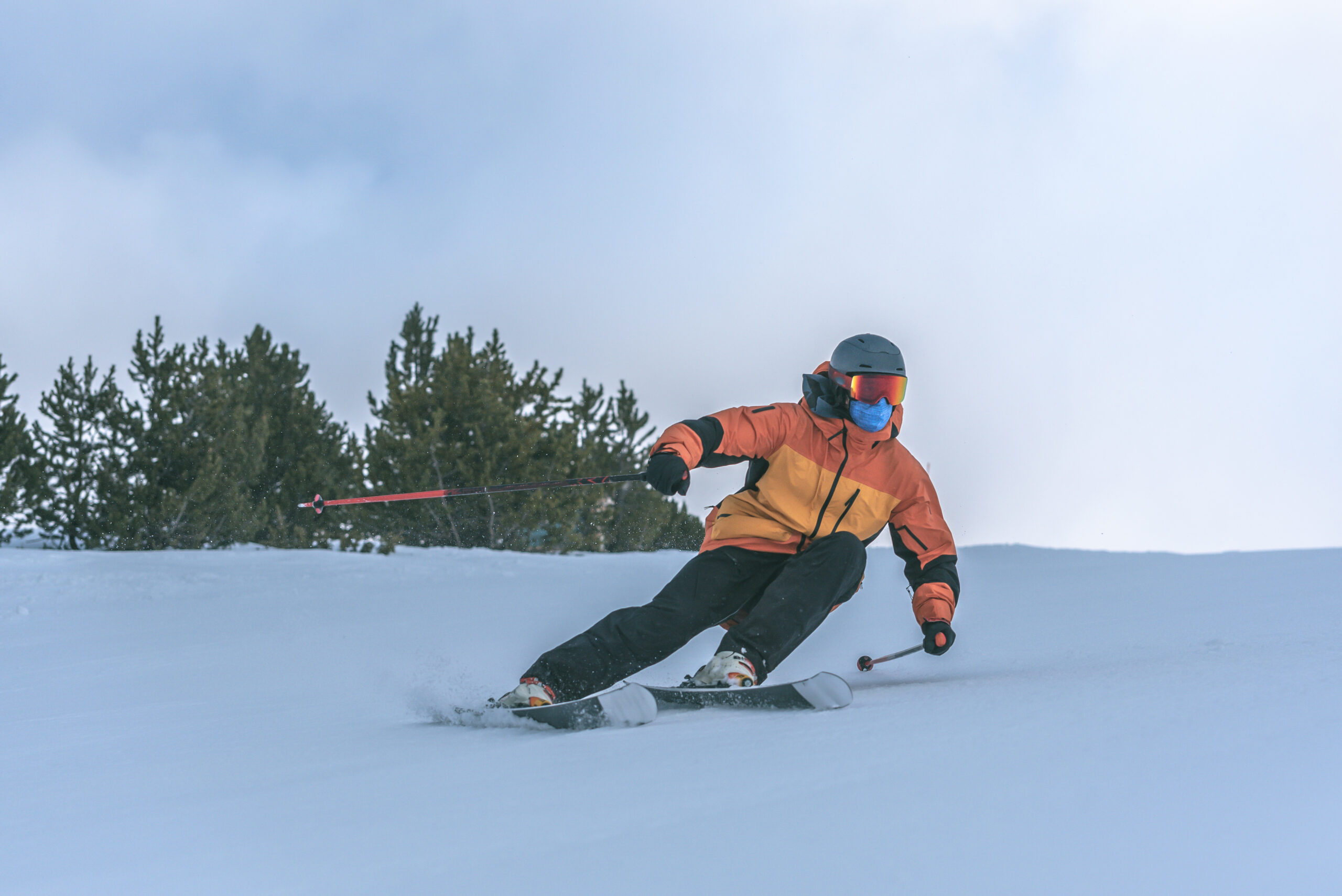Skiing through powdery snow on a crisp winter morning feels refreshing until nature reminds you who’s really in charge. The mountains can be as unpredictable as they are beautiful, and whether you’re a seasoned skier or a beginner, understanding mountain safety is crucial.
While some disasters are unavoidable, being a victim is not – and some are even brought on by human intervention. Preparation and preventive measures always beat the risks.
Before you buckle up your boots, here’s what every skier should know about staying safe, prepared, and confident out there.
Understand the Risks
Avalanches aren’t just something you see in movies. Every year, thousands of avalanches occur worldwide. And many of them are triggered by skiers who simply didn’t realize the snowpack was unstable.
Similarly, the weather and terrain can be a risk to skiers as well. Bad weather or exposed rocks in your tracks can lead to collisions and injuries. Before heading out, always check the local forecast for weather and avalanches.
Refer to reliable sources in your area and read reports with color-coded risk levels to understand the conditions.
Carry the Appropriate Gear
Having the right equipment can literally save your life. For off-piste or backcountry skiing, an avalanche transceiver is a non-negotiable. It sends and receives signals to help rescuers locate you under the snow.
Other essential skiing gear includes a probe that’s used to pinpoint a person’s exact location, a shovel for fast digging during rescue, and a helmet. One optional gadget is the avalanche airbag pack, which increases your chance of staying near the surface in a slide.
Before every trip, test your gear. Don’t just pack things, but practice using them. Knowing how to activate your transceiver or deploy your airbag under stress is crucial.
Take an Avalanche Safety Course
If you plan to ski anywhere that’s not heavily patrolled or marked, educate yourself first. A certified avalanche safety course teaches you how to evaluate snow conditions, read terrain, understand weather factors, and make smart decisions in real time.
You’ll also learn rescue techniques, how to travel safely with a group, and how to minimize your risk. Most courses last up to three days and are open to all skill levels.
Watch the Weather
Snow conditions can change dramatically within hours. Wind, sun, and temperature shifts all affect the snowpack. Look out for red flags like sudden heavy snowfall or rain, significant temperature rise, or strong winds.
Always check updated weather and avalanche bulletins before you set out. It’s always wise to turn back if things look questionable than take the risk, no matter how minor, of pushing through.
Travel Smart and Communicate Constantly
When skiing in remote areas, never go alone. Make sure everyone in your group has the proper safety gear and knows how to use it. Set clear communication signals before heading out as well.
And if something feels off, it probably is. Listen to your gut and your teammates. Most avalanche survivors report having ignored early warnings or uneasy instincts.





